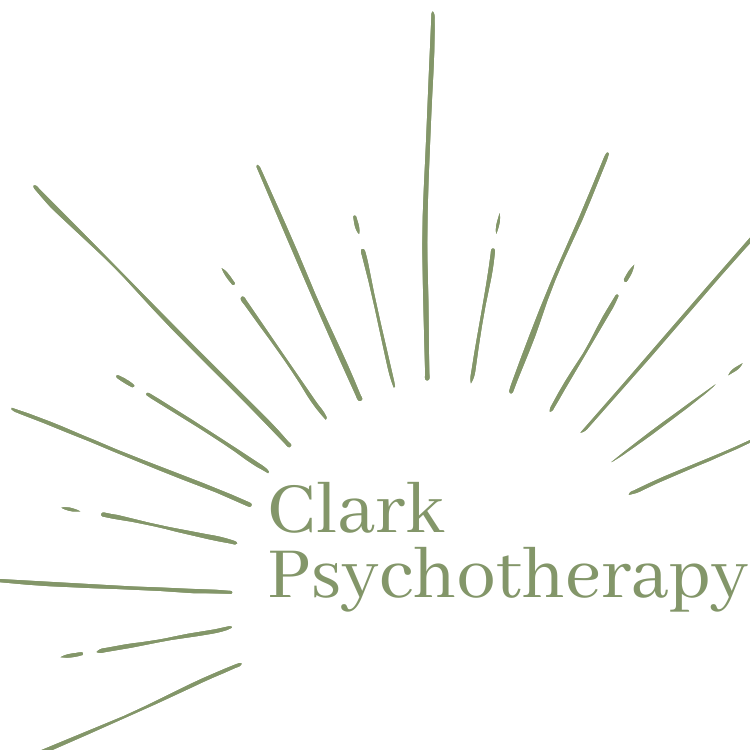How’s Your Sleep Hygiene?
A true intuitive eating practice transcends one’s relationship with food; the intuitive eater engages in self-care and self-supportive behaviors in all aspects of their life. Just like practicing intuitive eating can bring about change in many other facets of your life, the opposite is also true: engaging self-supportive behaviors in other areas of life can help make intuitive eating feel more accessible. This idea is particularly true when it comes to sleep because food and sleep provide a lot of the same resources for your body: they both give you energy, they both revitalize you, they both help you nurture and heal yourself.
For that reason, I’ve created what I call my sleep hygiene checklist, divided into times of day (because a good night’s sleep starts in the morning!) to help you be a bit more proactive in engaging in self-supportive sleeping patterns. The important thing to note about this checklist is that, like intuitive eating, these are not rigid rules. It’s about finding what works for you and your body in this current season of life.
Morning
Have a consistent wake-up time
Be mindful of caffeine intake
Daytime
move your body joyfully
be mindful of specifics that might keep you up at night - can you devote a half-hour to figuring out an action plan or take next steps now to address these specifics?
check-in again with yourself regarding caffeine intake
take time for yourself to engage in personal interests, particularly if you are prone to “bedtime revenge”
Before Bed
reduce screen time as it nears bedtime
slow down your body
soften the lighting
Bedtime
go to bed around the same time each night. Set a bedtime alarm if need be
make a sleep-hospitable environment: cool, dark, and calm
leave your phone across the room, or even better, in a different room altogether
write down any stressors from the day that might still be lingering. If you can, make a plan for how you will navigate these stressors in the coming days
During the Night
keep a pad of paper next to your bed to write down intrusive or worrisome thoughts.
don’t turn on a big overhead light - try to use the softest lighting possible if you need light in the middle of the night
if, after 20 minutes of laying in bed you still can’t sleep, get up. Do a light activity like sweeping or putting away the dishes, then try again.
change your environment - try moving to the couch or a guest bedroom
visualize yourself doing a routine activity (for example, I’m a former ballet dancer so I will visualize myself doing a full ballet barre. I usually fall back asleep before I make it to tendus!)
Your body’s needs are going to change. You might pick and choose strategies from this list and find that they work great, only to need a modification down the road. Just like some days you crave carrots and other days steak, some nights might be nights where you utilize the pad of paper and others nights wherein you need to switch up your location. It’s all good!
What strategies help you sleep? Drop me a line at brianna@bodygrace.org - I’d love to add your ideas to my checklist!
